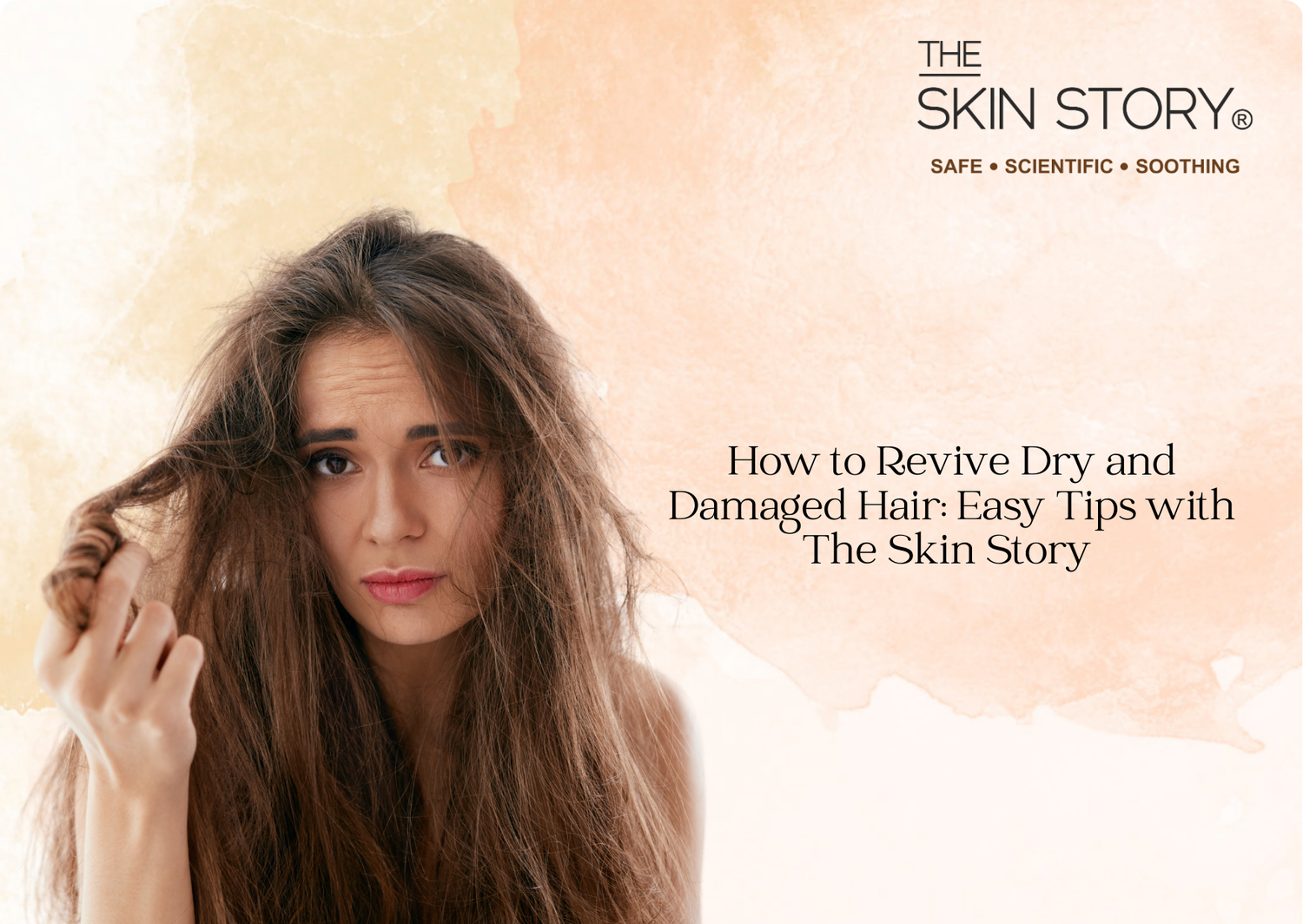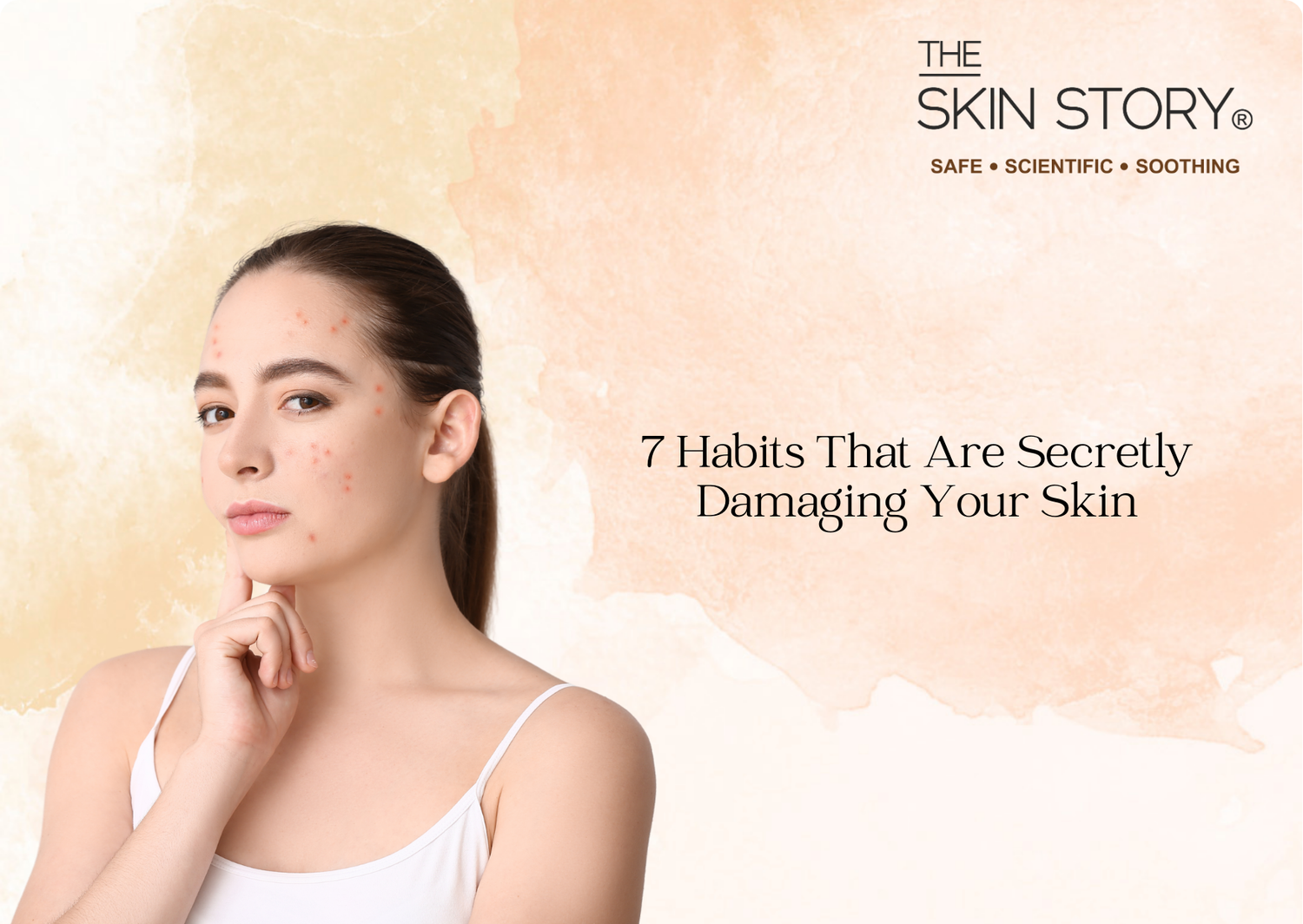What is Maskne?
In light of the spread of the Covid-19 virus, wearing a mask when you go outside for long periods of time has become normal. This has helped reduce and contain the spread of the virus due to respiratory droplets but it has also started a new problem of “maskne”. This is the combination of “mask” and “acne”. This term has appeared and been used throughout this pandemic. However, in addition to causing pimples due to irritation, it has led to many other things as well. Wearing a mask has worsened symptoms of those who live with skin condition, triggered conditions of dermatitis and folliculitis, resulted in redness and also been the cause of skin problems like rosacea and acne.
Why does Maskne occur?
There are many reasons for this to occur. Clogged pores are one of these. If you already have oil or dead skin cells on your skin, the mask aggravates this and can lead to build up of these substances resulting in a block on your pores. Masks also lead to trapping humidity and hot air in due to the breathing and sweating which increases the risk of acne. The friction between the face covering and your skin constantly rubbing leads to irritation as well. This can aggravate existing acne or lead to new breakouts by clogging pores as well. The heat and sweat can also lead the skin to become raw and itchy. Lastly, your skin can be sensitive or allergic to the material of your mask. These are all reasons for Maskne to occur, try avoiding this by being mindful of these things and being hygienic towards your face and your mask.
How To Prevent Maskne?
If you are using a disposable mask then throw it after one use. If the mask you are using is not disposable then wash it once a day. Use unscented and hypoallergenic laundry detergent to do so. Before weaning it again, make sure it is completely dry. Keep wet and dirty makss in a bag and wash them as soon as possible so that mold does not develop.
After removing the mask, apply facewash to remove the buildup of the dry skin and bacteria. Make this a habit for everytime you remove the mask and everyday in general. Washing your face is a good way to start and end the day to remove buildup, reduce excess oil and allow the facewash you use to nourish and hydrate your skin.
Prior to wearing your mask, put cream on your face if your skin tends to be dry or otherwise as well. This is because the mask can result in irritation and the cream can act as a barrier between your skin and the mask. Make sure this cream is a non comedogenic moisturizer and it hydrates your skin.
The American Academy of Dermatology Association recommends removing your mask for 15 minutes every 4 hours to give your skin a break. During this break it is recommended to stay away from people and wash your hands at the start and end of this. Additionally, during the break, washing your face is recommended as it helps cleanse your face.
It is recommended to avoid makeup, especially foundations and concealers that clog pores and lead to breakouts. However, if you do use makeup, then wear makeup which is labeled as “non comedogenic” which means that they will not clog pores.
One of the most important things to remember is that not every problem that occurs due to the mask is acne. Other skin problems and aggravations of prior skin problems have specific treatments and medications which should be followed.
Treating Maskne
Each skin problem has its own medication and treatment to be followed. If the problem persists after cleansing the face regularly and moisturisation, then looking at some medical help and treatment is recommended. Although this problem has a simple cause, it can lead to very harsh conditions like dermatitis. This is why it is essential to try and avoid this by keeping the above tips in mind.





